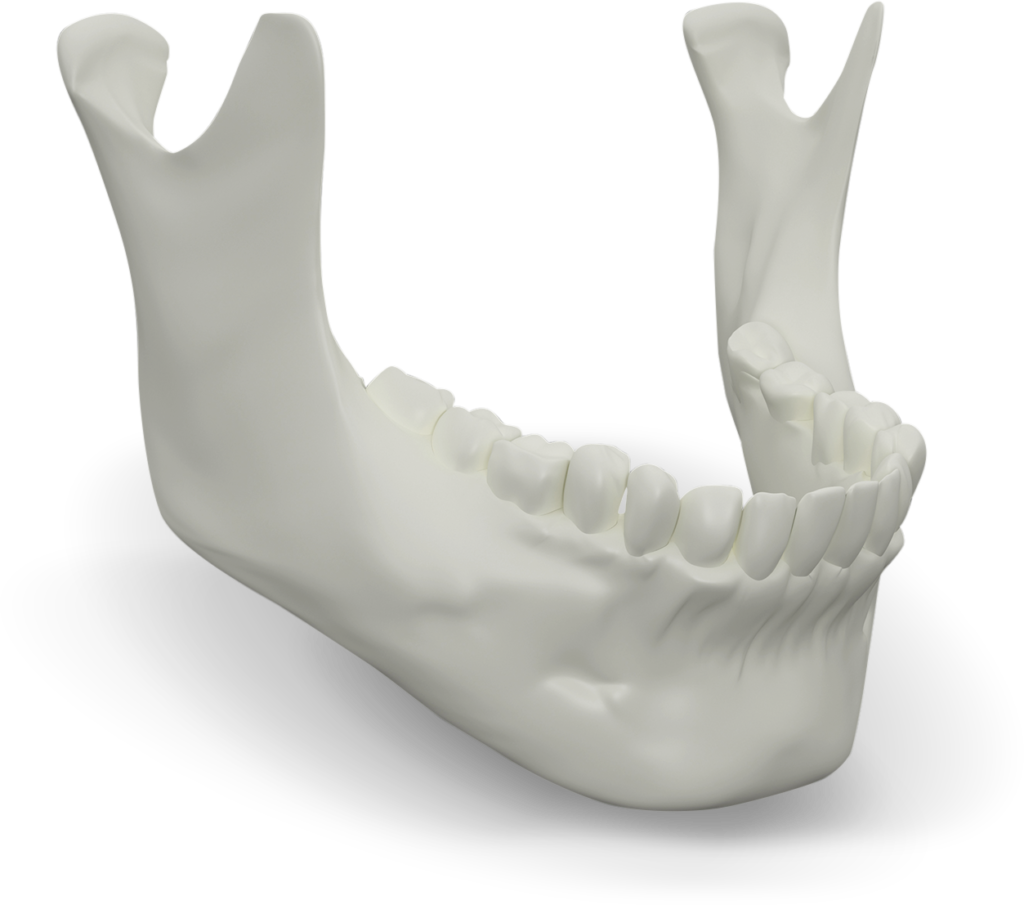
Is Jaw Bone Loss a Problem?
When you lose a tooth or you suffer from advanced gum disease, you are at risk of experiencing a resorption process in the bone that will cause it to thin and weaken. Over time, this resorption increases the risk for other teeth to shift out of place or fall out, especially if associated with chronic infection. Bone loss can make it difficult (and sometimes impossible) to qualify for dental implants, the only permanent tooth replacement option and the ideal solution for most patients with missing teeth. However, while bone loss is a problem, we can effectively transition patients into better oral and overall health by providing the link between missing teeth and dental implants: bone grafting. Using specialized techniques, our experienced team rebuilds a healthy jaw bone through bone grafting, ensuring better dental function and improved whole-body health with dental implants.
The Reason for Bone Grafting
- Permanent replacement for one or more teeth
- Naturally aesthetic, blending seamlessly with other teeth
- Strong and durable for normal biting and chewing
- Healthy for the jaw bone and halts further bone resorption

Custom Bone Grafting Treatment
The bone grafting process takes donor bone grafting materials and places them in areas of the jaw that need more density and volume. When covered and left to heal, the bone grafting materials and the existing bone will grow and naturally fuse together. This creates a healthy and strong foundation for dental implants. Our specialized bone grafting techniques include:
- Bone loss in the upper arch can lead to an expanding sinus cavity and little bone height to safely support an implant. A sinus lift places bone grafting material under the sinus cavity, to rebuild proper height and density beneath so implants can be placed.
- Tooth loss that causes bone resorption can leave the bony ridge too weak and thin to accommodate implants. Ridge augmentation restores the natural contours of the bone and rebuilds a healthier ridge for the placement of one or more dental implants.
Do you need bone grafting? We can help you find out
Request your consultation today.
I understand the information disclosed in this form may be subject to re-disclosure and may no longer be protected by HIPAA privacy regulations and the HITECH Act.
Don't Wait
Schedule your consultation and experience it for yourself.
I understand the information disclosed in this form may be subject to re-disclosure and may no longer be protected by HIPAA privacy regulations and the HITECH Act.
Westwind Phoenix
3019 N. 35th Ave.
Phoenix, AZ 85017
New Patients: (602) 894-9450
Current Patients: (602) 269-7797
Leave Us A Review
Westwind Downtown Phoenix
3806 N. 3rd St.
Phoenix, AZ 85012
New Patients: (602) 894-9450
Current Patients: (602) 277-1088
Leave Us A Review
Westwind Tolleson
9897 W. McDowell Road #745
Tolleson, AZ 85353
New Patients: (602) 894-9450
Current Patients: (623) 478-0788
Leave Us A Review
Westwind Bethany
6135 N. 35th Ave #135
Phoenix, AZ 85017
New Patients: (602) 894-9450
Current Patients: (602) 296-0021
Leave Us A Review
Westwind Litchfield Park
5115 N. Dysart Road
Litchfield, AZ 85340
New Patients: (602) 894-9450
Current Patients: (623) 536-0900
Leave Us A Review
Westwind Glendale
7200 W Bell Rd Suite D1
Glendale, AZ 85308
New Patients: (602) 894-9450
Current Patients: (602) 863-1913
Leave Us A Review
Westwind Chandler
1055 S. Arizona Ave #8
Chandler, AZ 85286
New Patients: (602) 894-9450
Current Patients: (480) 821-1441
Leave Us A Review
Westwind South Mountain
825 W. Southern Ave #114
Phoenix, AZ 85041
New Patients: (602) 894-9450
Current Patients: (602) 272-1170
Leave Us A Review
Westwind Maryvale
4105 N. 51st Ave #109
Phoenix, AZ 85031
New Patients: (602) 894-9450
Current Patients: (623) 245-2828
Leave Us A Review
Westwind Mesa
1440 S. Country Club Dr, St. #23
Mesa, AZ 85210
New Patients: (602) 894-9450
Current Patients: (480) 461-3400
Leave Us A Review
WestwindSunnyslope
111 E. Dunlap Ave #23
Phoenix, AZ 85020
New Patients: (602) 894-9450
Current Patients: (602) 864-0264
Leave Us A Review
Westwind Apache Junction
183 W. Apache Trail #102
Apache Junction, AZ 85120
New Patients: (602) 894-9450
Current Patients: (480) 983-6789
Leave Us A Review
Westwind North Phoenix
1838 W. Bell Road #109
Phoenix, AZ 85023
New Patients: (602) 894-9450
Current Patients: (602) 396-1500
Leave Us A Review
Westwind Surprise
13706 W. Bell Road
Surprise, AZ 85374
New Patients: (602) 894-9450
Current Patients: (623) 584-9910
Leave Us A Review

